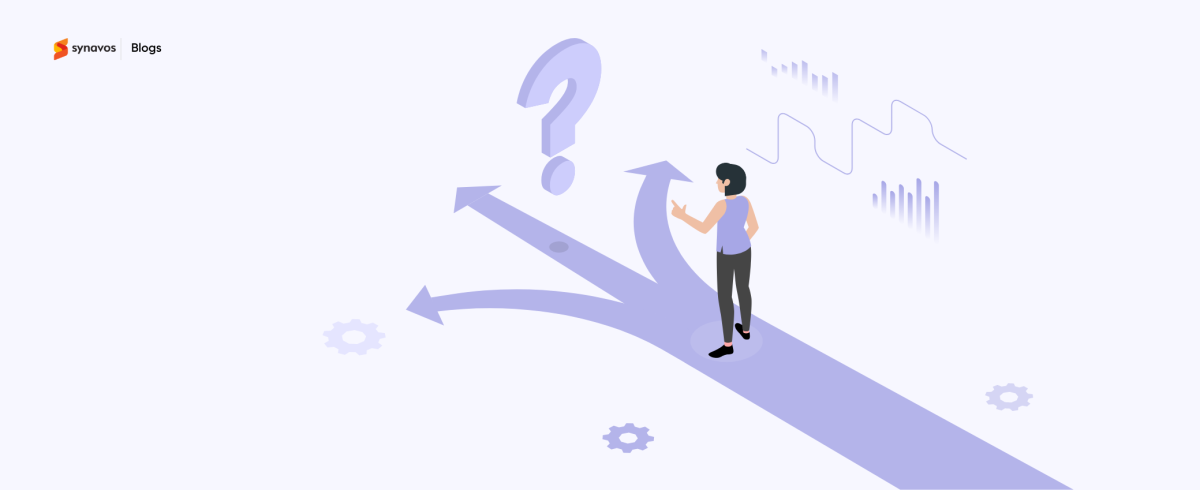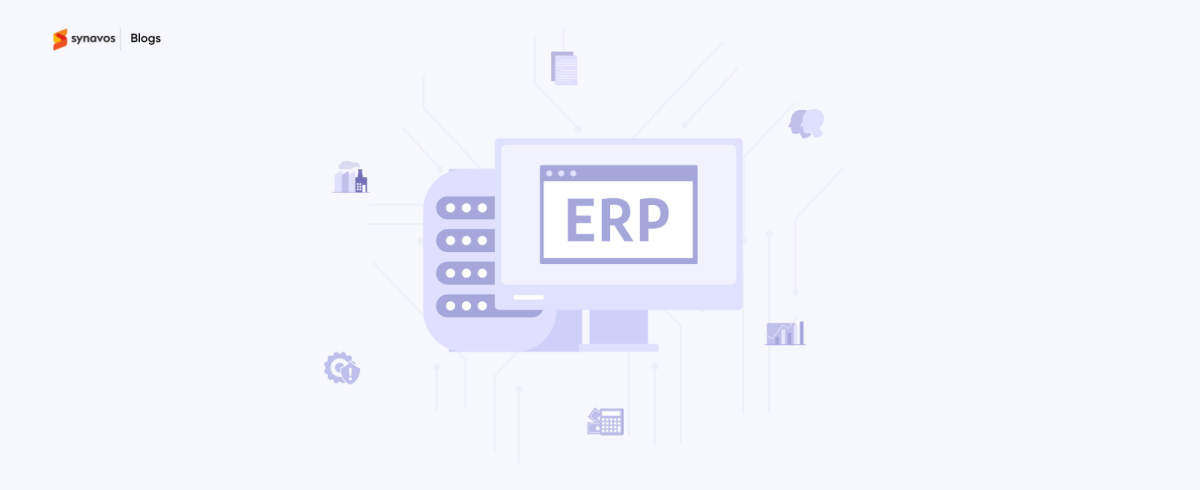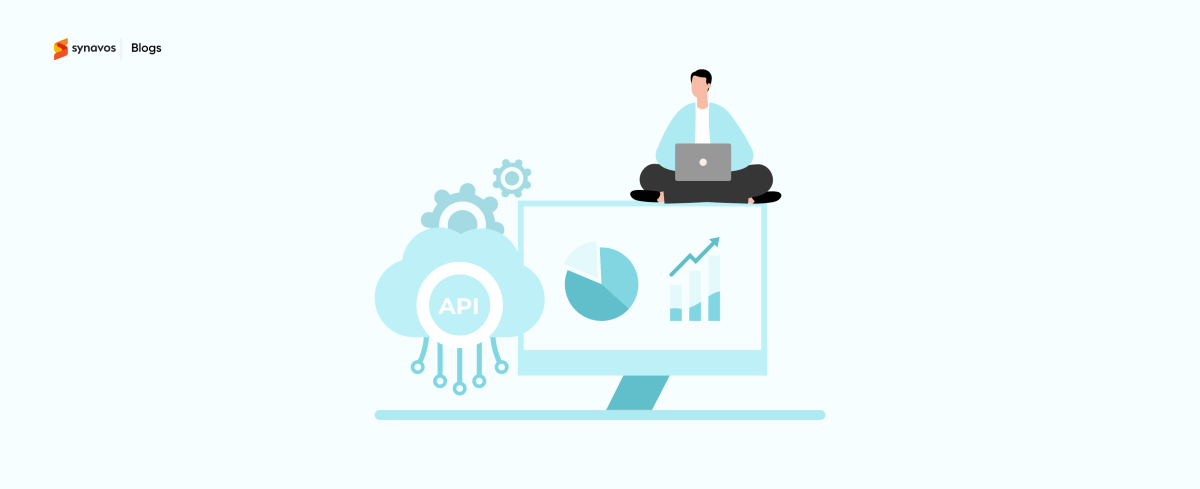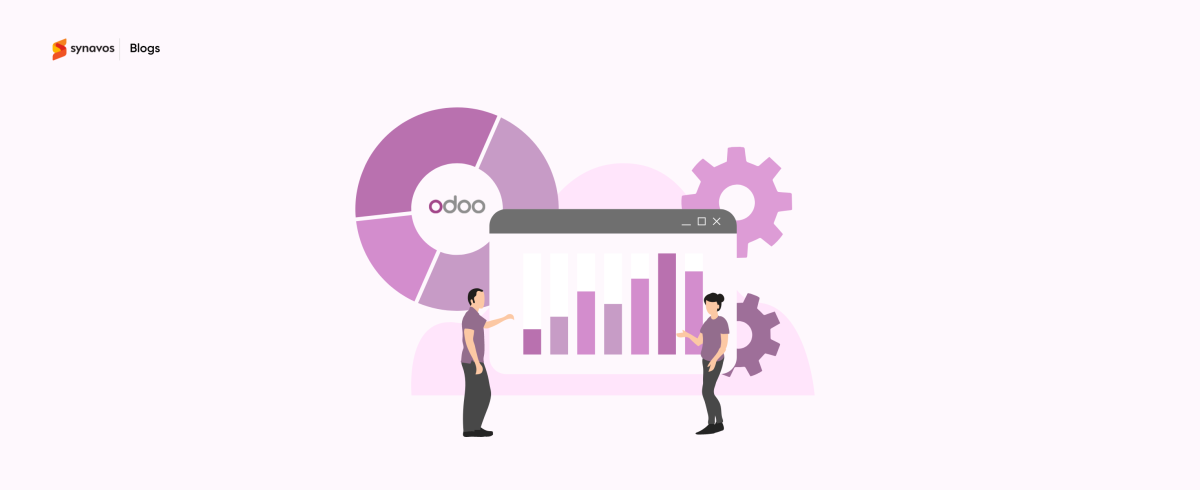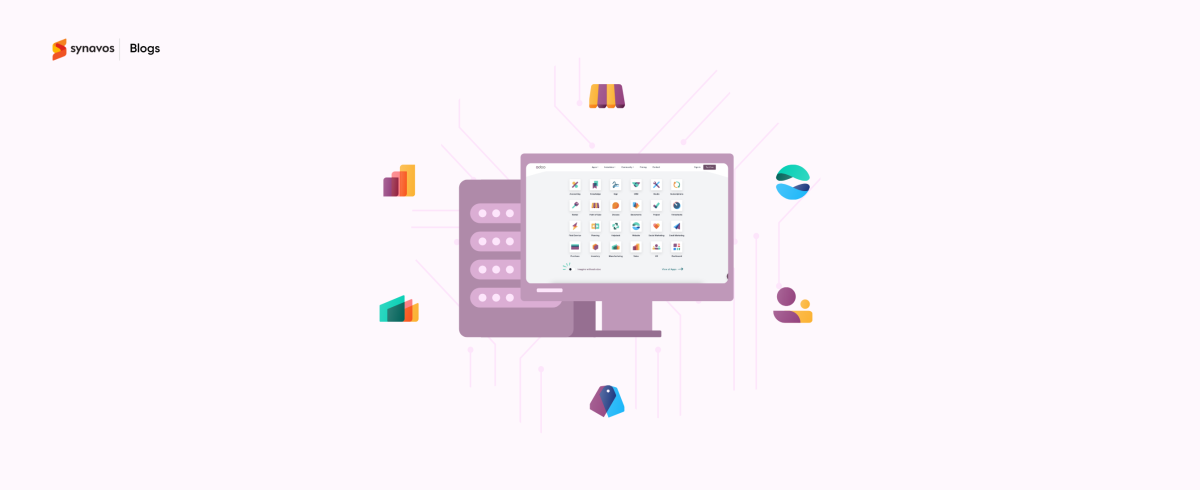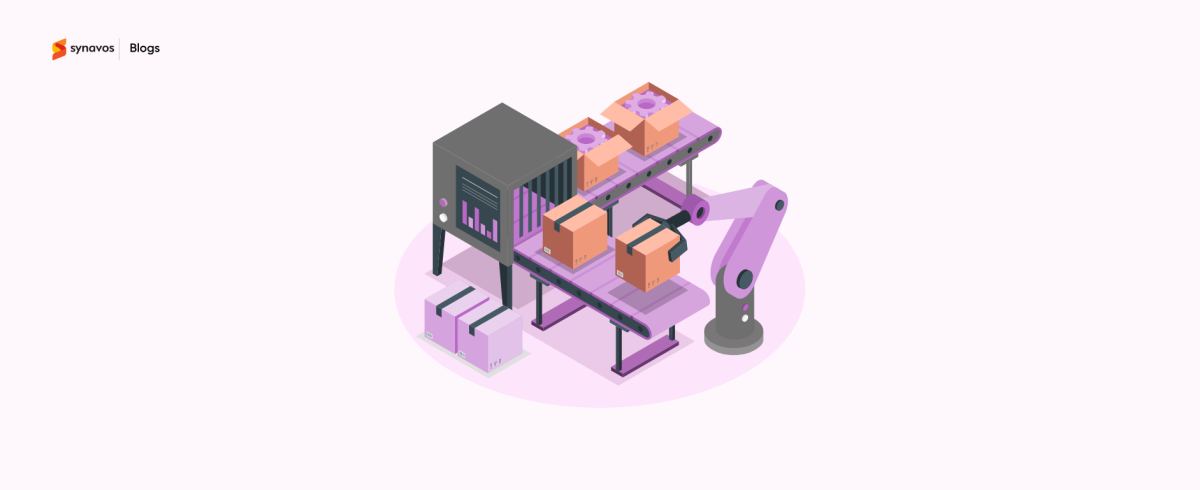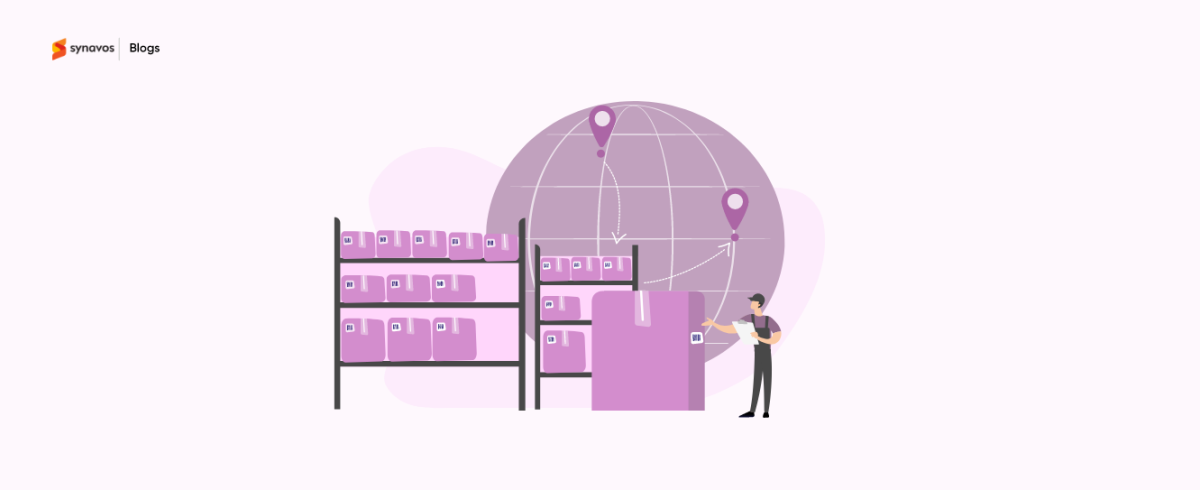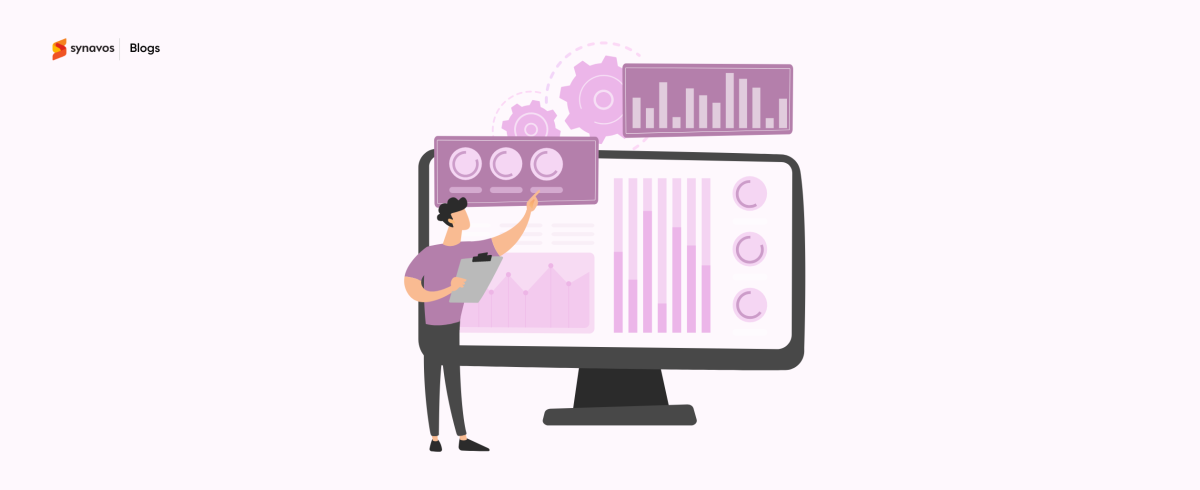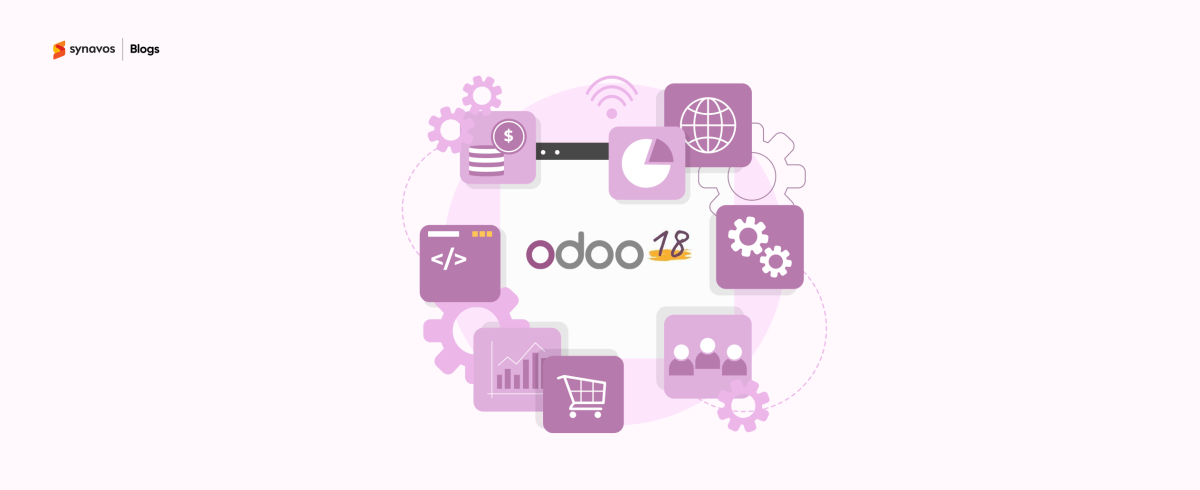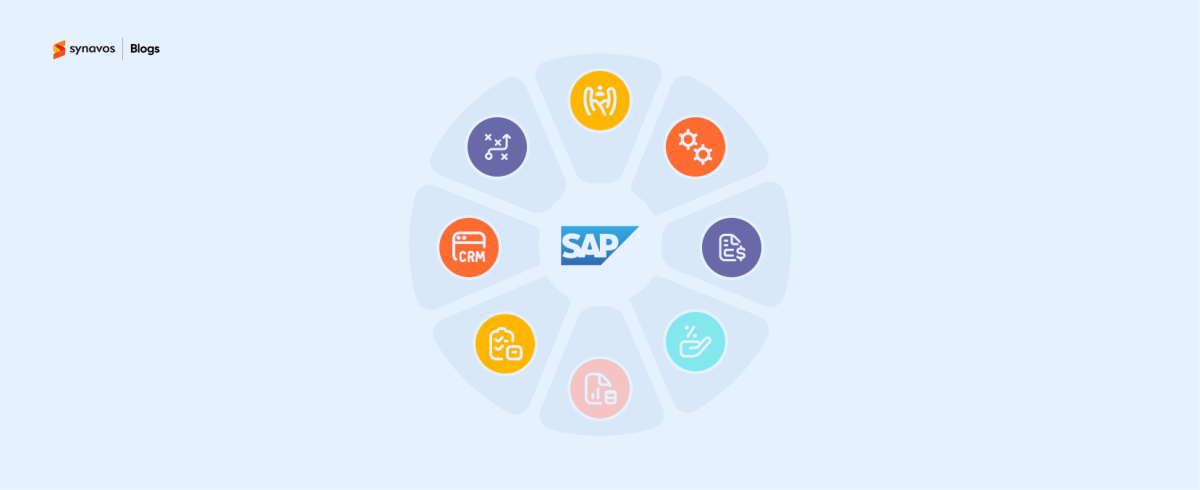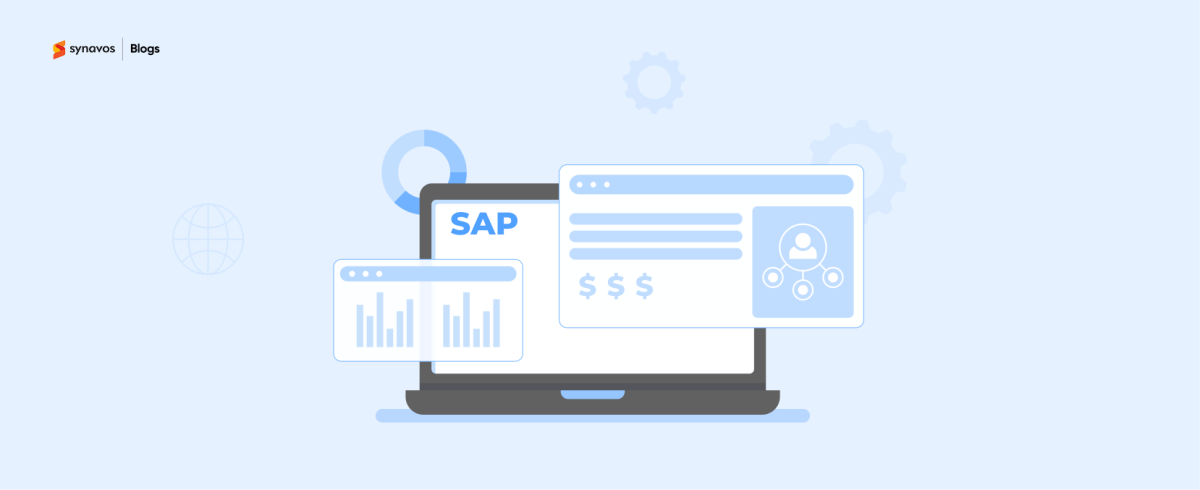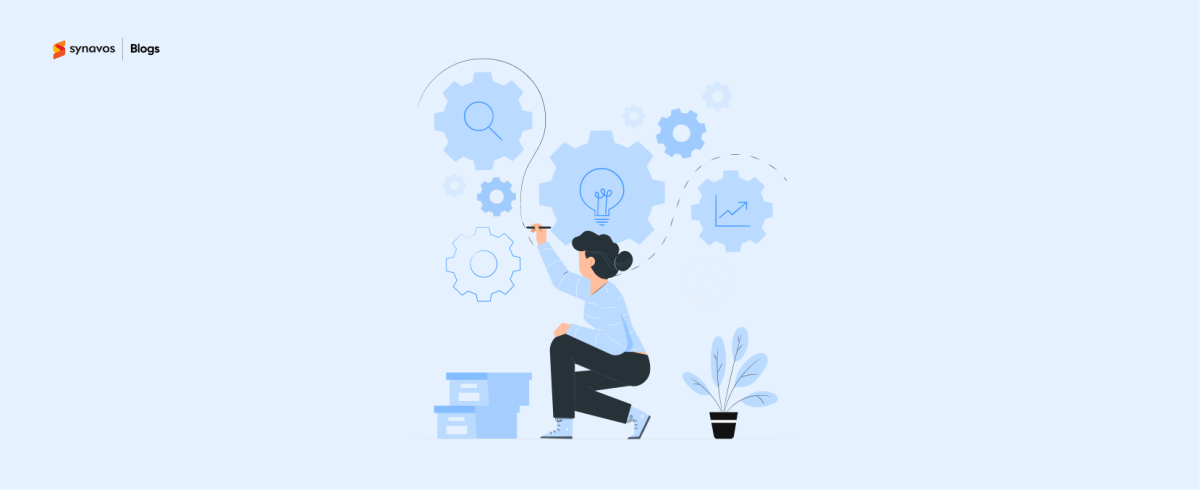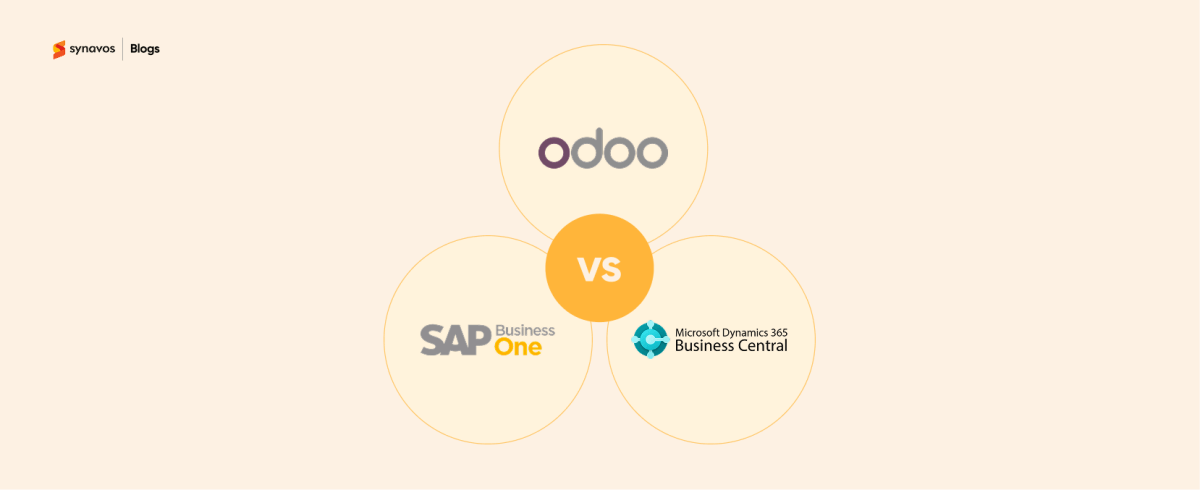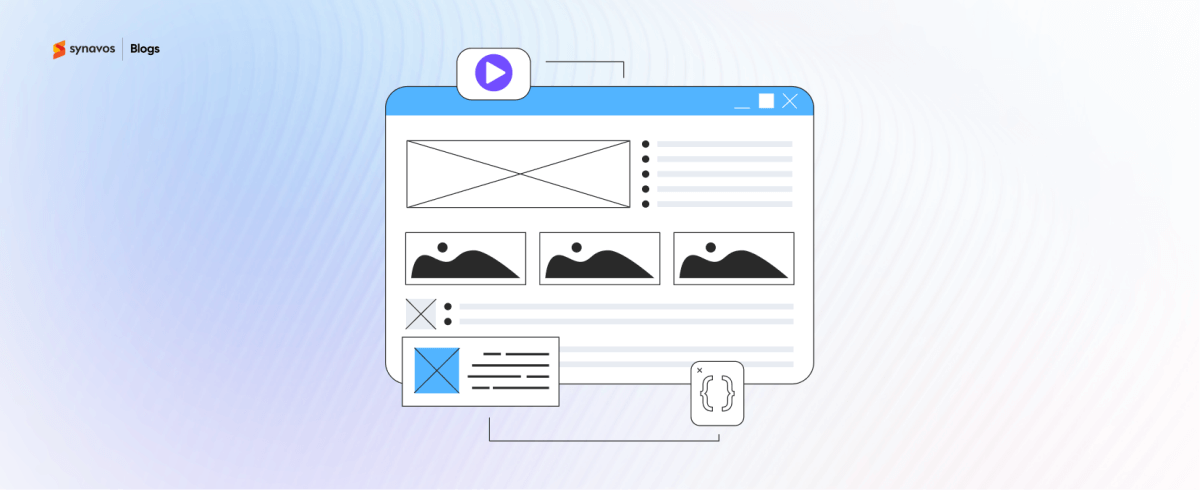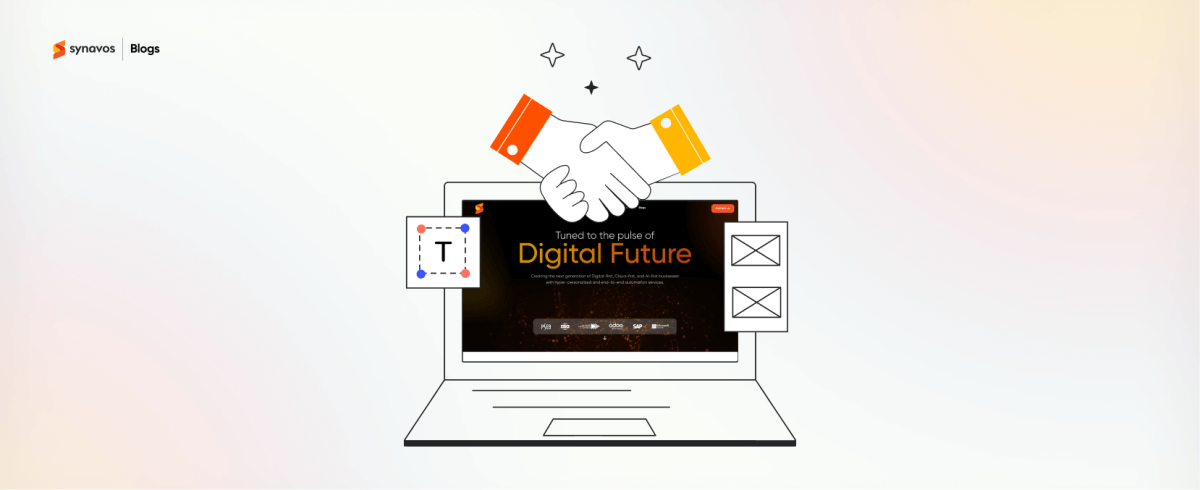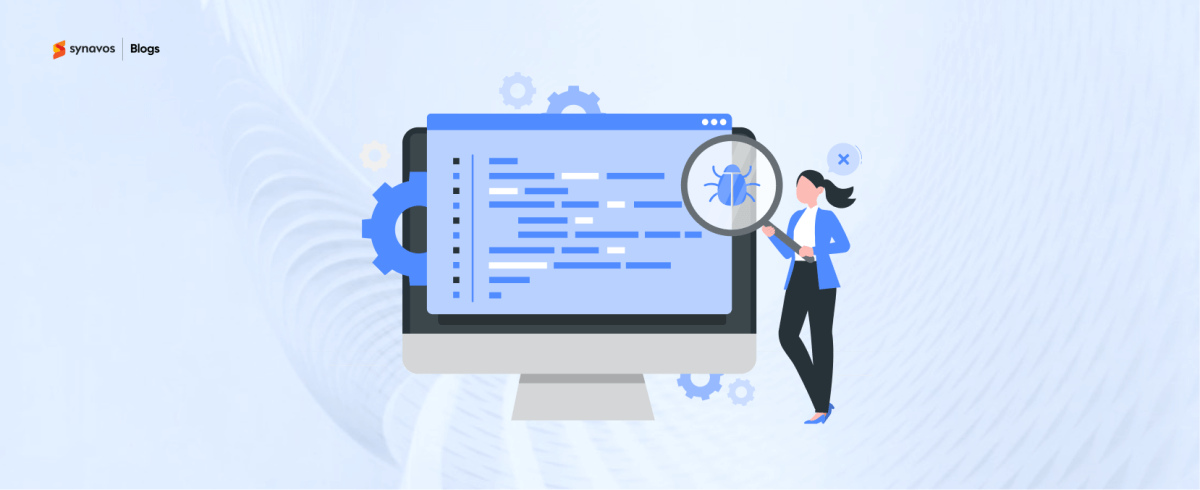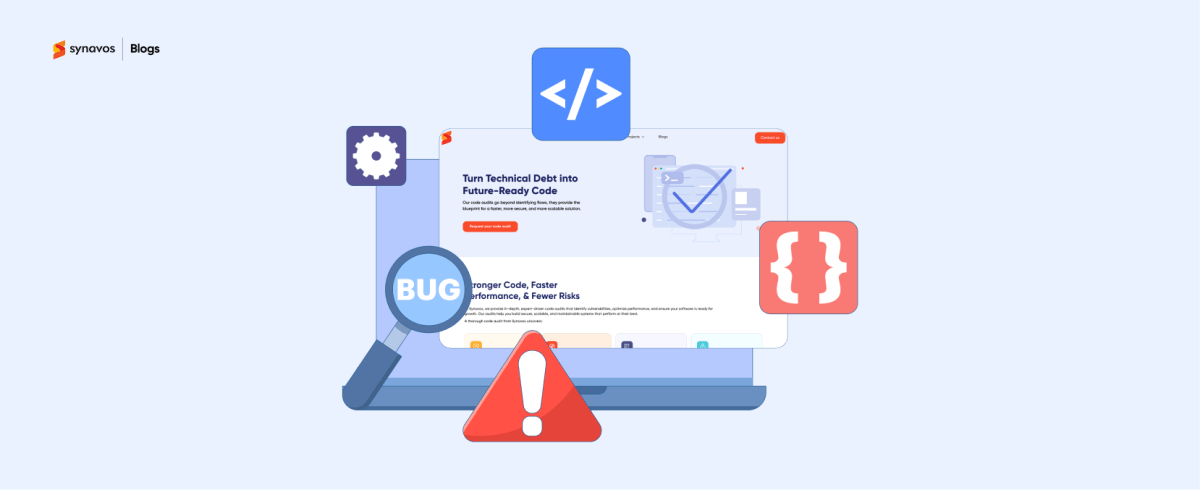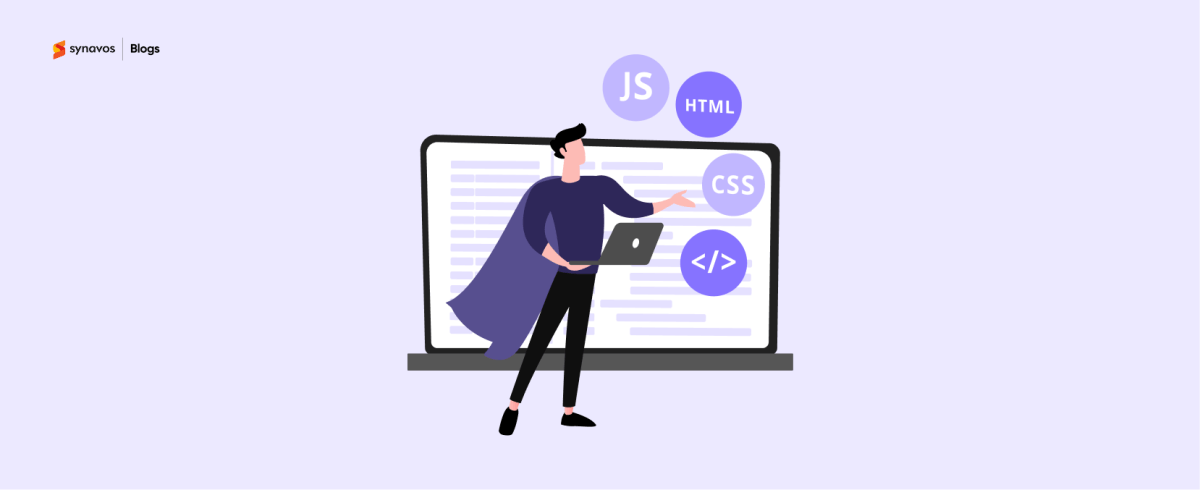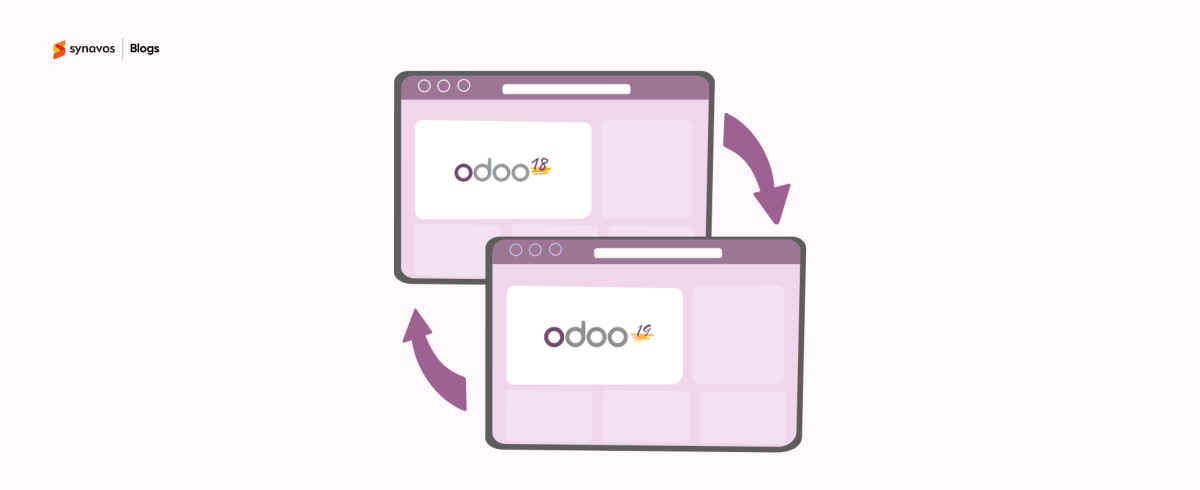Implementing SAP is more than just installing software; it is about transforming the very core of your business operations. From finance and supply chain management to human resources and customer service, SAP touches every part of your organization. That is why an SAP implementation is often seen as a high-stakes endeavor. If it is successful, it drives massive efficiency, growth, and innovation. If it goes wrong, it can drain budgets, frustrate employees, and leave your business lagging behind competitors.
The reality is that SAP implementation projects are rarely straightforward. They involve a complex mix of technology, people, and processes, and without careful planning and execution, they can easily derail.
In this blog, we will walk through the eight most common SAP implementation challenges companies face and, more importantly, how to overcome them.
What Makes SAP Implementation Challenging?
It’s not the software that makes SAP implementation tough, it’s everything around it. You're rethinking how your teams work, how decisions are made, and how data flows across the organization. And that kind of change doesn’t come easy.
Many companies run into trouble when they jump in without clear goals, underestimate the time and budget needed, or try to customize the system too much. Poor data quality and lack of proper training only add to the struggle. Then there’s the human side: teams can be hesitant to let go of familiar ways of working.
Still, despite the roadblocks, the value SAP brings is hard to ignore. When done right, it helps streamline operations, improve visibility, and create a more scalable business.
Top SAP Implementation Challenges & How to Overcome Them
1. Unclear Objectives and Requirements
One of the most common reasons SAP projects struggle is a lack of clarity around what the organization actually needs from the system. Without a shared understanding of goals and requirements, projects can easily drift off course, leading to confusion, costly changes, and unmet expectations.
To avoid this, businesses must invest time upfront in gathering, documenting, and validating detailed requirements. This means working closely with stakeholders across departments, asking the right questions, and ensuring alignment on priorities. Clear, actionable objectives act as the foundation for the entire project, keeping teams focused and helping measure success throughout the implementation journey.
2. Choosing the Wrong Implementation Firm
The team you choose to implement SAP will have an outsized impact on the project’s success. Choosing a company based solely on cost or size, without considering their industry expertise, cultural fit, or commitment to your goals, can lead to major issues later. Misaligned communication, missed milestones, and poor-quality deliverables are just a few of the risks.
To find the right SAP implementation firm, organizations should look beyond flashy sales pitches. Dig into the firm’s past experience, ask for client references, and ensure they have deep knowledge of SAP as well as your specific industry challenges. A strong partner will not just deliver technology; they will work collaboratively with you, challenge assumptions when needed, and guide you through best practices at every stage.

3. Underestimating Time and Budget
Many organizations begin SAP projects with overly optimistic timelines and budgets, only to encounter unpleasant surprises later. SAP implementation is a complex, multi-phase effort that requires time for design, configuration, testing, training, and change management. Rushing through these phases or cutting corners on resources almost always leads to bigger problems and higher costs later.
The solution lies in realistic, experience-based planning. Organizations should work closely with their SAP partner to develop a comprehensive project plan that includes contingency time and budget for unexpected challenges. It is always better to build in buffers than to scramble at the last minute. Transparency about constraints and early warnings about potential risks are key to staying on track.
4. Poor Data Quality and Migration Issues
Data is the lifeblood of any ERP system. If the data being migrated into SAP is inaccurate, incomplete, or outdated, it can cause major disruptions to business operations once the system goes live. Poor data quality can lead to reporting errors, operational inefficiencies, and serious compliance risks.
To mitigate this risk, businesses must treat data migration as a standalone critical project, not just a technical task. This means conducting a thorough audit of existing data, cleansing and validating information, and establishing clear ownership for data accuracy. It is also important to test migrated data thoroughly before go-live to catch and correct issues early. Clean, trustworthy data sets the stage for SAP to deliver its full value.
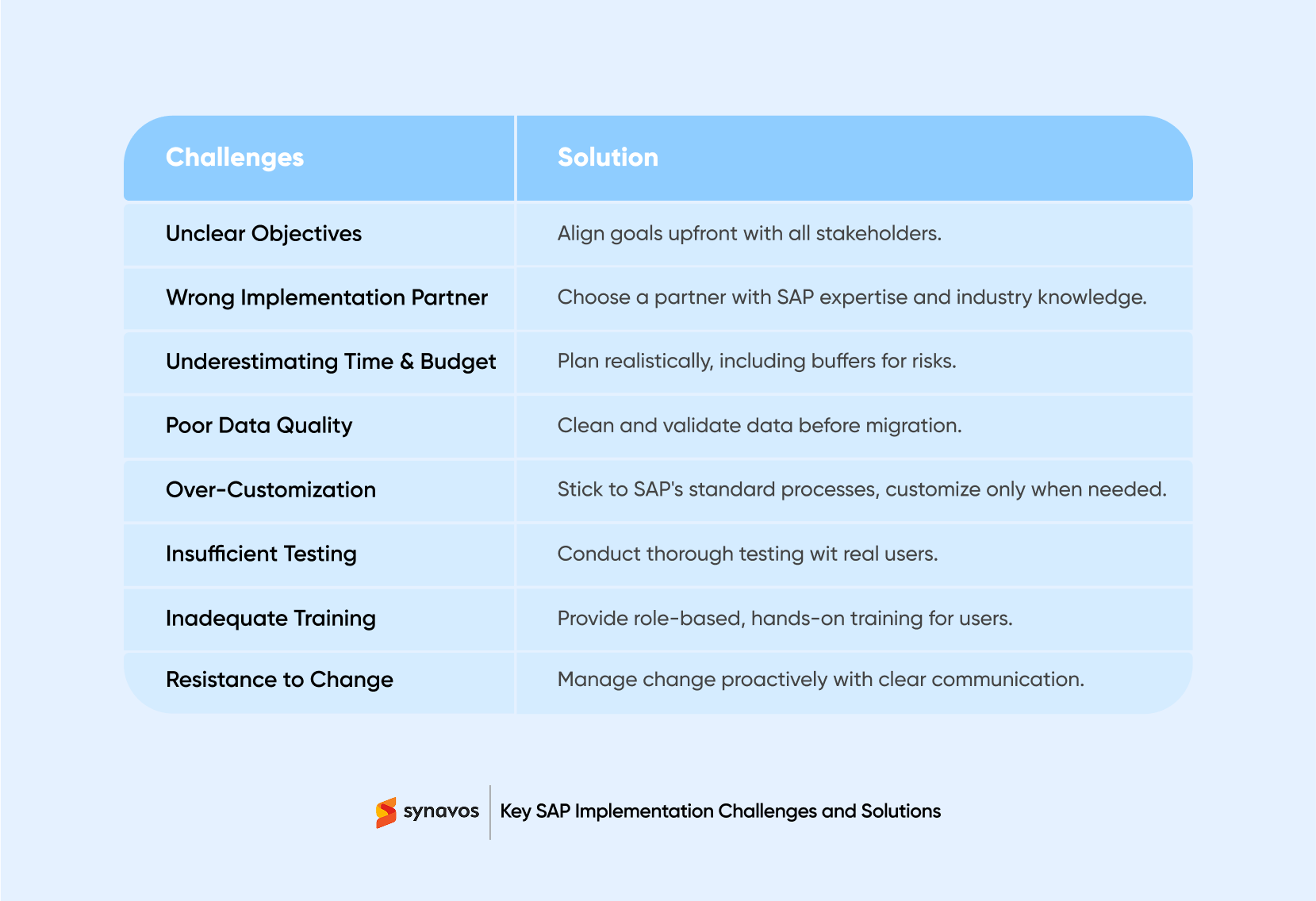
5. Over-Customization of SAP
It can be tempting to customize SAP extensively to mirror every current process or preference within the organization. However, too much customization introduces complexity, increases costs, and creates future upgrade challenges. Each custom feature becomes another potential point of failure and a future maintenance burden.
Organizations should embrace a "fit-to-standard" mindset whenever possible by aligning their processes with SAP’s built-in best practices. Standard configurations are more stable, more secure, and easier to update as SAP evolves. Customization should be reserved for areas where it creates clear, measurable competitive advantages, not simply to preserve old habits.
6. Insufficient Testing
Testing often gets rushed or deprioritized when deadlines loom, but that is a mistake companies cannot afford. Without careful testing at every step of SAP implementation, tiny issues can grow into big problems after go-live, impacting everything from financial transactions to customer service.
Smart SAP implementations prioritize rigorous testing cycles, including unit testing, integration testing, and user acceptance testing (UAT). Real end-users should be involved in testing to ensure that workflows and reports meet their day-to-day needs. Testing is not just a technical exercise; it is about ensuring the system genuinely supports the business processes it is designed to improve.
7. Inadequate User Training
Even the most beautifully designed SAP system will fail if users do not know how to use it properly. Inadequate training leads to mistakes, workarounds, and low adoption rates, which can undermine the system’s benefits and frustrate employees.
User training must be an integral part of the implementation plan, not an afterthought. Training should be role-based, interactive, and hands-on, giving employees the confidence to use the system effectively in their daily work. Businesses should also create a network of internal champions who can provide ongoing support after go-live. The goal is to build a workforce that not only accepts SAP but embraces it.
8. Resistance to Change
Change is difficult. Even when a new system promises clear benefits, people naturally resist altering their routines and learning new ways of working. Unmanaged resistance can slow adoption, foster resentment, and diminish the return on investment.
The key to overcoming resistance is proactive, empathetic change management. Organizations should start communicating early and often, explaining not just what is changing, but why it matters. Listening to concerns, involving employees in the change process, and celebrating small wins along the way all help build trust and engagement. When people feel heard and supported, they are far more likely to champion the change instead of resisting it.
Wrapping It Up
Successfully implementing SAP is not about avoiding every challenge. It is about anticipating them, planning for them, and managing them with resilience and transparency. With the right mindset, the right partner, and the right preparation, businesses can dramatically increase their chances of a smooth and high-impact SAP implementation.
Ready to Transform Your Business with SAP? Let Synavos Help
At Synavos, we are proud to have helped so many businesses across the Middle East and Pakistan make SAP work for them. Every project in our portfolio tells a story of businesses overcoming big challenges and moving closer to their goals. We know the local market, we understand the pressures you face, and most importantly, we know what it takes to get you from where you are to where you want to be. We are here to make your SAP journey smoother, smarter, and far less stressful.
Connect with us today to explore how Synavos can make your SAP implementation a success!









